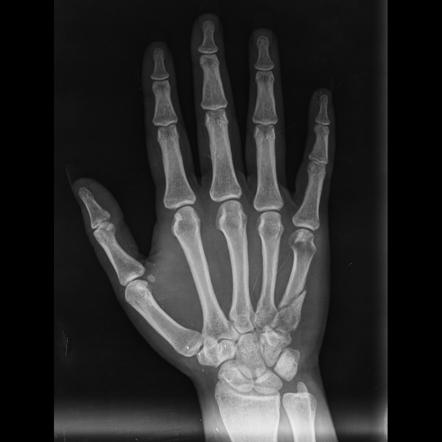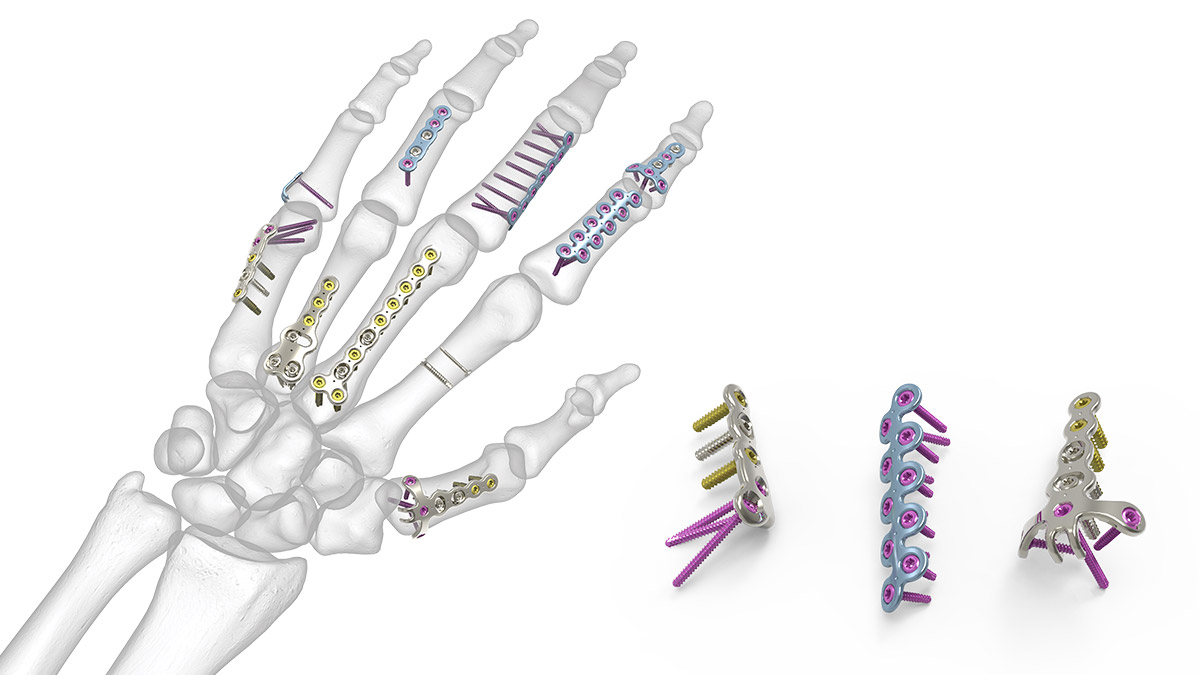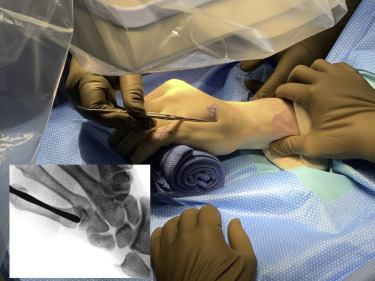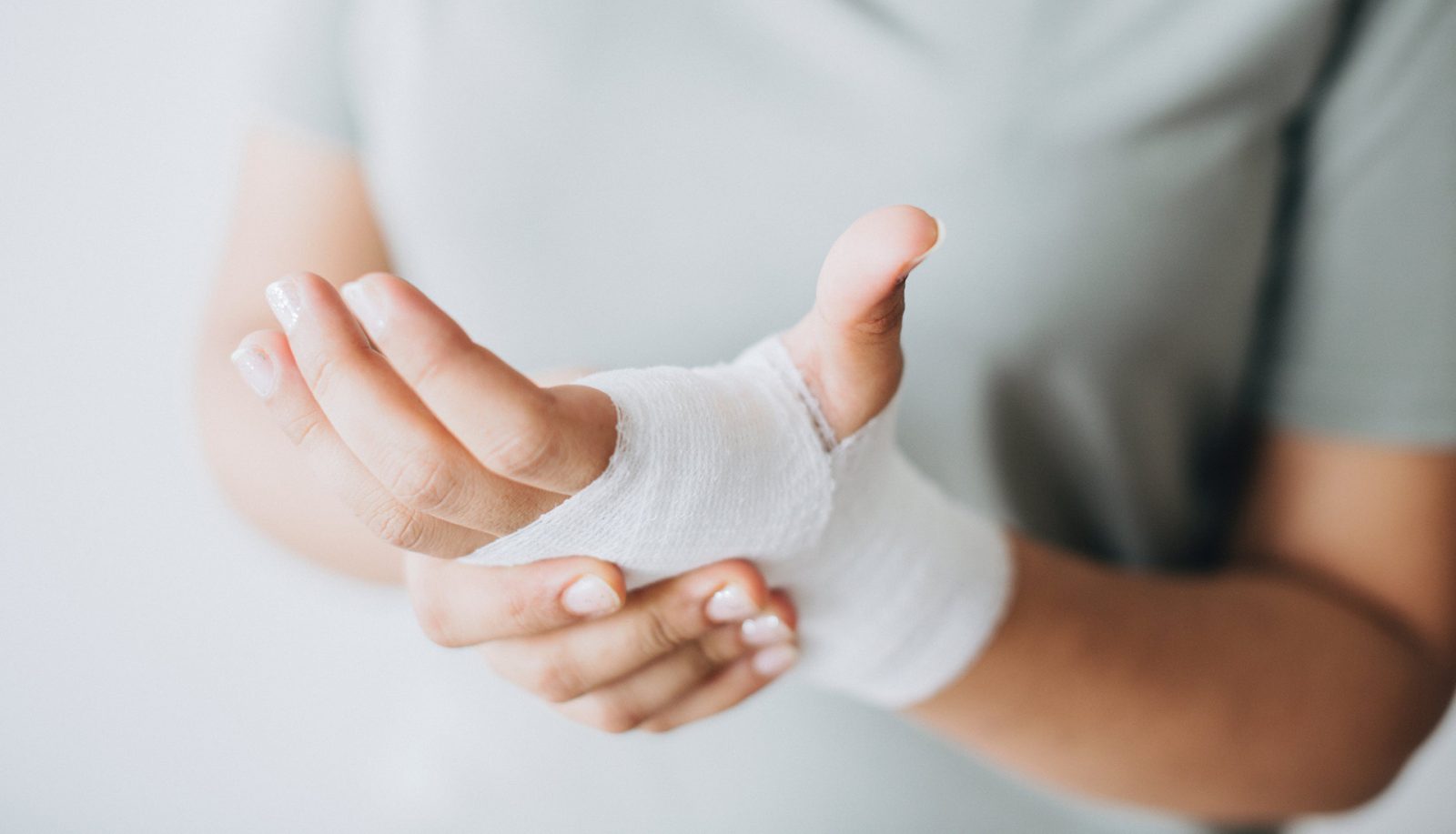Introduction
Fractures of the metacarpal bones, the long bones of the hand connecting the fingers to the wrist, are common injuries often caused by falls, sports activities, or direct trauma. In recent years, significant advancements in medical technology have led to the development of metacarpal locking plates, revolutionizing the treatment of hand fractures. These innovative implants have shown pro
mising results in providing better stability, faster healing, and improved patient outcomes compared to traditional treatment methods. In this article, we explore the benefits and surgical techniques associated with metacarpal locking plates, along with the advancements that have further enhanced their efficacy.
Understanding Metacarpal Fractures
Metacarpal fractures can vary in severity and location, affecting different parts of the hand. They are commonly classified into several types, including:
Types of Metacarpal Fractures
Boxer's Fracture
Shaft Fracture
Neck Fracture
Base Fracture
Intra-articular Fracture

Causes and Risk Factors
Metacarpal fractures can be caused by various factors, such as:
Accidental Falls
Sports Injuries
Direct Impact
Certain risk factors may predispose individuals to these fractures, including osteoporosis and repetitive hand motions.
Traditional Treatment Methods
In the past, metacarpal fractures were managed with traditional treatment methods like:
Immobilization and Casting
For less severe fractures, the hand is placed in a cast to immobilize the affected area and promote healing.

Closed Reduction
In some cases, a non-surgical procedure called closed reduction may be performed, which involves realigning the bone fragments without surgery.
Metacarpal locking plates represent a major breakthrough in the treatment of hand fractures. These plates are specially designed to provide stable fixation and support during the healing process.

How Do Locking Plates Work?
Locking plates are unique in that they have screw holes with internal threads, allowing the screws to lock into the plate, creating a more secure connection.
Benefits over Traditional Methods
Compared to traditional treatment methods, metacarpal locking plates offer several advantages:
Surgical Procedure and Implantation
Before proceeding with the surgery, a thorough preoperative assessment is crucial to determine the extent of the fracture and the appropriate treatment plan.
Surgical Techniques
The surgical procedure involves the following steps:
Anesthesia Administration
Incision and Exposure
Plate Placement and Screw Insertion
Wound Closure

Postoperative Care and Recovery
After the surgery, proper postoperative care is essential for successful recovery and optimal outcomes.
Rehabilitation and Physical Therapy
Physical therapy plays a vital role in regaining hand function and strength. It typically starts a few weeks after surgery.
Expected Outcomes
Patients treated with metacarpal locking plates generally experience improved outcomes, such as:
Complications and Risk Factors
As with any surgical procedure, there are potential complications associated with metacarpal locking plates.
Infection
Infection at the surgical site is a rare but possible complication.
Implant Failure
In some cases, the implant may fail to provide adequate stability, requiring revision surgery.
Comparing Locking Plates to Other Implants
Locking plates offer advantages over other implant options commonly used for hand fractures.
Non-Locking Plates
Unlike locking plates, non-locking plates rely on the friction between the plate and bone for stability.
External Fixation
External fixation involves the use of pins and external frames to hold the fractured bones in place.
Continuous research and development have led to significant advancements in the design and materials used for locking plates.
Material Innovations
Newer plate materials offer enhanced strength and biocompatibility, reducing the risk of adverse reactions.
Improved Plate Designs
Modern locking plate designs are more anatomically contoured, providing a better fit for individual patients.
Real-Life Patient Success Stories
Case Study 1: John's Story
John, a 38-year-old construction worker, sustained a severe metacarpal fracture in a worksite accident. Thanks to a successful surgery using a locking plate, John regained full hand functionality within six months and returned to work.
Case Study 2: Sarah's Journey
Sarah, a 25-year-old athlete, suffered a neck fracture while playing basketball. After undergoing surgery with a locking plate, she participated in rigorous physical therapy and made a remarkable recovery, getting back to her sport in just four months.

Conclusion
Metacarpal locking plates have undoubtedly revolutionized the treatment of hand fractures, offering improved stability, faster healing, and better patient outcomes compared to traditional methods. With ongoing advancements, these implants are likely to become even more effective, providing individuals with a brighter outlook after experiencing a metacarpal fracture.
FAQs
Are Metacarpal Locking Plates Suitable for all Fractures?
Metacarpal locking plates are suitable for most metacarpal fractures, but their usage depends on the fracture's location, severity, and the patient's overall health.
What Is the Recovery Time After Surgery?
The recovery time can vary based on the fracture's complexity and the patient's commitment to postoperative rehabilitation. Generally, it takes around 4 to 6 months for full recovery.
Can Locking Plates Be Removed After Healing?
In some cases, locking plates can be removed after the fracture has healed and the bone has regained stability. However, this decision is made on a case-by-case basis.
Are There Any Allergic Reactions to the Plates?
Metacarpal locking plates are typically made from materials that minimize the risk of allergic reactions. However, patients with known allergies should inform their surgeon beforehand.
Can Metacarpal Fractures Heal Without Surgery?
In certain cases, less severe metacarpal fractures can heal without surgery if properly immobilized and monitored by a medical professional. However, complex fractures often require surgical intervention for optimal outcomes.
How to Buy Orthopaedic Implants and Orthopaedic Instruments?
For CZMEDITECH, we have a very complete product line of orthopedic surgery implants and corresponding instruments, the products including spine implants, intramedullary nails, trauma plate, locking plate, cranial-maxillofacial, prosthesis, power tools, external fixators, arthroscopy, veterinary care and their supporting instrument sets.
In addition, we are committed to continuously developing new products and expanding product lines, so as to meet the surgical needs of more doctors and patients, and also make our company more competitive in the whole global orthopedic implants and instruments industry.
We export worldwide, so you can contact us at email address song@orthopedic-china.com for a free quote, or send a message on WhatsApp for a quick response +86-18112515727.
If want to know more information,click CZMEDITECH to find more details.
English
Français
Русский
Español
العربية
Português
Deutsch
italiano
日本語
한국어
Nederlands
Tiếng Việt
ไทย
Polski
Türkçe
አማርኛ
ພາສາລາວ
ភាសាខ្មែរ
Bahasa Melayu
ဗမာစာ
தமிழ்
Filipino
Bahasa Indonesia
magyar
Română
Čeština
Монгол
қазақ
Српски
हिन्दी
فارسی
Kiswahili
Slovenčina
Slovenščina
Norsk
Svenska
українська
Ελληνικά
Suomi
Հայերեն
עברית
Latine
Dansk
اردو
Shqip
বাংলা
Hrvatski
Afrikaans
Gaeilge
Eesti keel
Māori
नेपाली
Oʻzbekcha
latviešu
অসমীয়া
Aymara
Azərbaycan dili
Bamanankan
Euskara
Беларуская мова
भोजपुरी
Bosanski
Български
Català
Cebuano
Corsu
ދިވެހި
डोग्रिड ने दी
Esperanto
Eʋegbe
Frysk
Galego
ქართული
guarani
ગુજરાતી
Kreyòl ayisyen
Hausa
ʻŌlelo Hawaiʻi
Hmoob
íslenska
Igbo
Ilocano
Basa Jawa
ಕನ್ನಡ
Kinyarwanda
गोंगेन हें नांव
Krio we dɛn kɔl Krio
Kurdî
Kurdî
Кыргызча
Lingala
Lietuvių
Oluganda
Lëtzebuergesch
Македонски
मैथिली
Malagasy
മലയാളം
Malti
मराठी
ꯃꯦꯇꯥꯏ (ꯃꯅꯤꯄꯨꯔꯤ) ꯴.
Mizo tawng
Chichewa
ଓଡ଼ିଆ
Afaan Oromoo
پښتو
ਪੰਜਾਬੀ
Runasimi
Gagana Samoa
संस्कृत
Gaelo Albannach
Sepeti
Sesotho
chiShona
سنڌي
Soomaali
Basa Sunda
Wikang Tagalog
Тоҷикӣ
Татарча
తెలుగు
ትግንያውያን
Xitsonga
Türkmençe
संस्कृत
ئۇيغۇرچە
Cymraeg
isiXhosa
ייִדיש
Yorùbá
isiZulu















